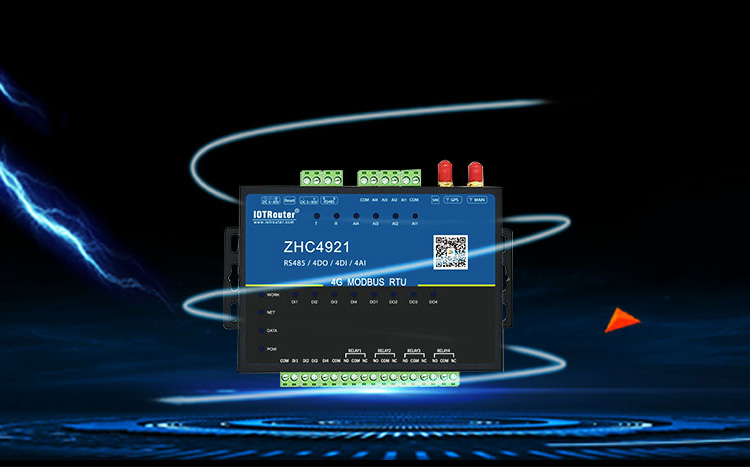Today, with the increasing development of the Internet of Things, RTU is used more and more widely. At present, RTU has been widely used in industry, agriculture, water conservancy, electric power, environmental protection, meteorology, transportation, energy, commerce and other fields, and can realize comprehensive functions such as data collection, storage, alarm and transmission. Although the applied industries are different, the principles of application are generally the same.


DTU is a simple transmission terminal with wireless transparent transmission function. Its own communication protocol and functional limitations have far failed to meet the current purpose and requirements of industrial automation monitoring. Traditionally, the front-end PLC (industrial computer) DTU and remote host unit are used. The application method composed of dynamic software will gradually be replaced by RTU cloud software method.
The development process of RTU
1. Wired data transmission
The first generation RTU only carried out simple data collection, some switch control, and wired connection. At this time, the RTU data processing capability was very limited. The on-site data must be transmitted to the central control station, which is processed by the central control station or the master station. Processing of data. At this time, the RTU communication capability is also very weak, characterized by slow communication data rate, single method, and most of them use customized non-standard protocols.
2. Wireless data transmission
With the rapid development of semiconductor technology, the core chip of RTU, the microprocessor, has become increasingly powerful. The data processing capabilities of RTU have been greatly improved. Many more complex algorithms and communication protocols have been implemented, and output control is no longer solely dependent on At the central control station, local closed-loop control and regulation are usually provided.
The rapid development of network and communication technology has provided RTU technology with more advanced and better performance, and has also brought wider applications to RTU products. The application of RTU is no longer limited to wired transmission. It can be applied to sites without power supply, such as urban manholes/underground pipe corridors/fire pipe networks, etc. It transmits data wirelessly through 2G/3G/4G and directly transmits data to the cloud. Customers can View via web data platform. In the wireless transmission stage, 2G/3G/4G/ LoRa /NB-IoT are all available communication methods. However, with the new IoT cards launched by operators, 4G has become a trend. Some operators have simply given up on 2G/3G IoT cards. The network card is backward compatible with 4G networks and has high cost performance, making it the best choice for various manufacturers.
Characteristics of RTU
- The communication distance is longer;
- Used in various industrial sites with harsh environments;
- Modular structured design for easy expansion;
- It is widely used in water conservancy, electric power dispatching, municipal dispatching and other industries with remote signaling, telemetry and remote control fields.